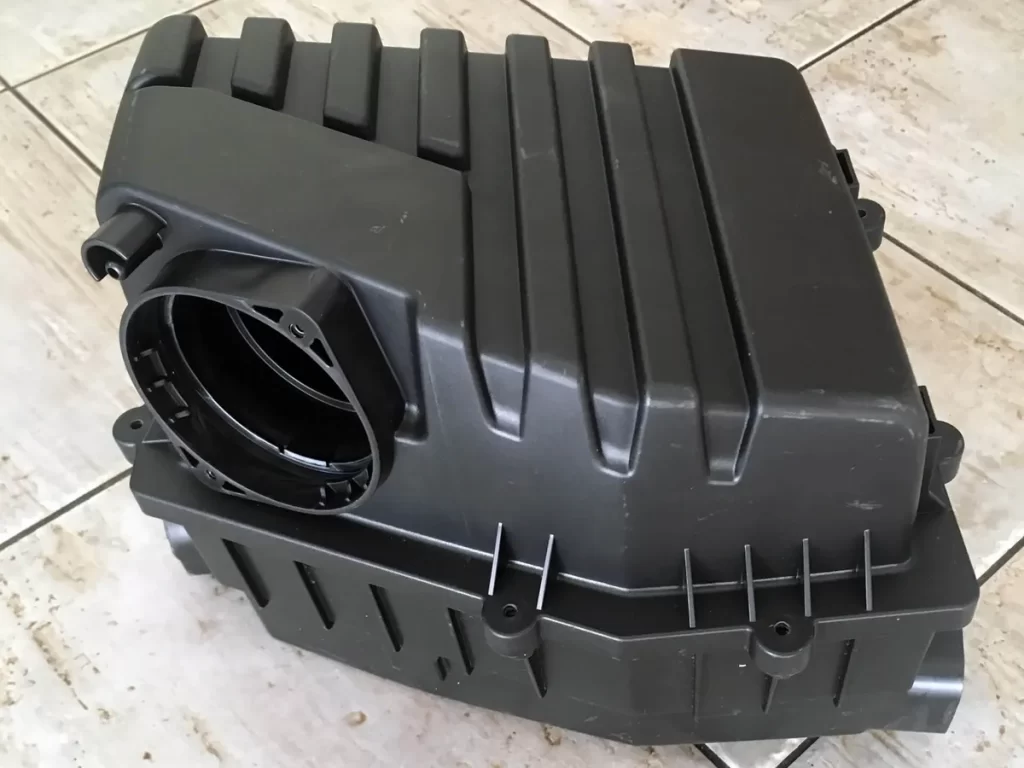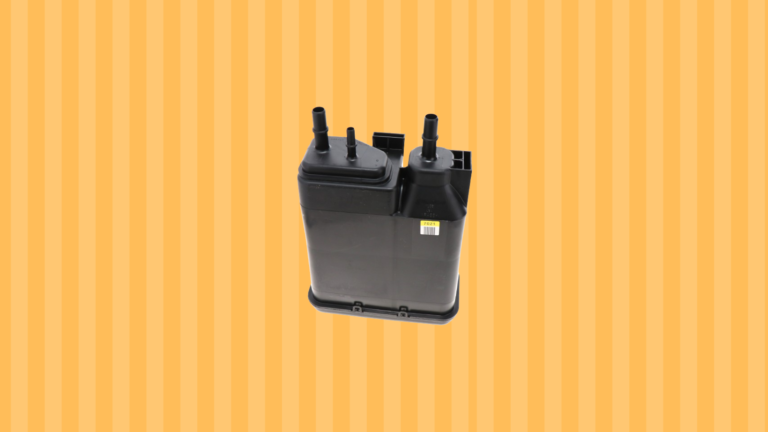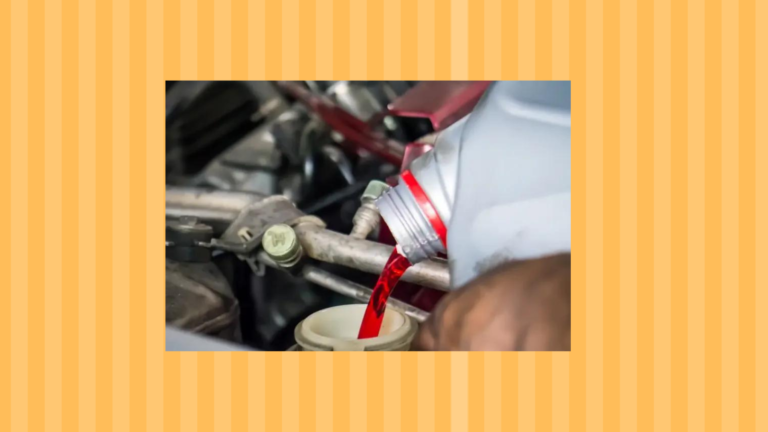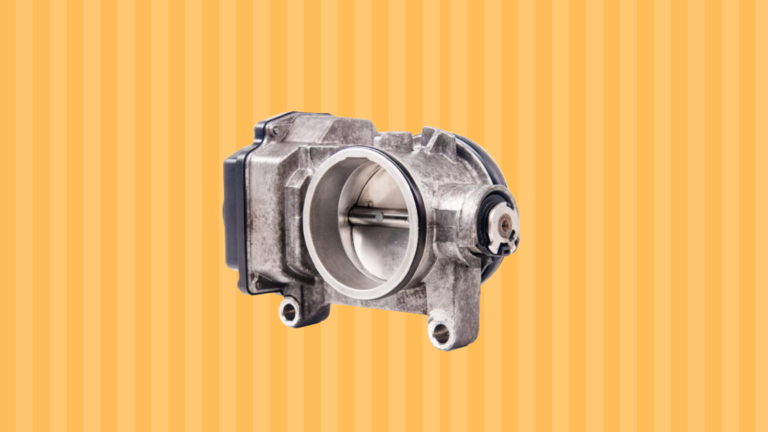Quick Fixes for Faulty Blend Door Actuators: A Comprehensive Guide
Blend door actuators regulate the temperature in vehicle climate systems. These small motors control flaps that mix warm and cool air, adjusting cabin comfort. When malfunctioning, they can cause inconsistent temperatures or airflow issues.
The short answer is Yes, blend door actuators can be manually turned in many vehicles as a temporary fix or for diagnostic purposes.

Can You Manually Turn a Blend Door Actuator
Manually adjusting a blend door actuator is possible in numerous vehicles. This process involves accessing the actuator behind the dashboard and manipulating its gear mechanism directly.
It’s useful for troubleshooting HVAC problems or as a short-term solution if the actuator fails electrically but remains mechanically sound.
The procedure requires caution and some disassembly of interior components. By carefully rotating the actuator’s gear, you can change the blend door position, affecting airflow and temperature.
This manual intervention allows control over the climate system without the actuator’s electrical function.
How to Manually Turn a Blend Door Actuator
Accessing and adjusting a blend door actuator requires care and patience. The exact steps vary by vehicle model, but the general process remains similar. Always consult your vehicle’s manual before attempting this procedure.
Step 1: Locate actuator
- Check vehicle manual for exact location
- Often found behind passenger-side dashboard
- Remove necessary dash panels for access
Step 2: Adjust actuator
- Identify gear mechanism on actuator
- Use flathead screwdriver to engage gear
- Rotate gently to move blend door
- Test airflow changes while adjusting
Step 3: Prepare workspace
- Turn off vehicle, remove keys
- Disconnect battery negative terminal
- Gather needed tools: screwdrivers, pliers, flashlight
Step 4: Access actuator
- Remove dash panels carefully
- Use trim removal tools to avoid damage
- Keep track of all removed screws and parts
Step 5: Inspect actuator
- Look for signs of damage or wear
- Check surrounding areas for obstructions
- Ensure electrical connections are secure
Step 6: Fine-tune adjustment
- Slowly turn gear in small increments
- Have assistant operate HVAC controls
- Find optimal position for desired airflow
Step 7: Reassemble and test
- Return actuator to housing if removed
- Reattach all panels and components
- Reconnect battery and test HVAC system
- Verify proper operation across all settings
Alternative Methods
Bypassing the Actuator
This method involves disconnecting the actuator from the blend door and manually setting the door to a preferred position. Once set, secure the door using a zip tie or wire.
While this technique provides a consistent air mix, it eliminates the ability to adjust temperature electronically. Consider your climate needs before choosing this option, as you’ll be locked into a single setting until further manual adjustments are made.
Actuator Reset
Resetting the actuator by disconnecting the car battery for about 15 minutes can resolve electronic glitches. After reconnecting, the vehicle’s computer resets, potentially clearing faults causing the malfunction.
This method is quick and non-invasive, making it an excellent first attempt at resolving blend door issues. However, it may not address underlying mechanical problems if present.
Lubrication Technique
Lubricating the actuator gears with silicone spray can free up stuck mechanisms. Carefully apply the spray to the gear assembly, working it into the moving parts.
This approach works well for actuators that have become stiff or unresponsive due to lack of lubrication or environmental factors. While often effective as a short-term solution, it may need to be repeated periodically if the root cause persists.
Resistor Modification
A more advanced technique involves modifying the actuator circuit with a resistor. This method tricks the vehicle’s computer into believing the actuator is in the correct position.
To implement this, install a resistor of appropriate value in the actuator’s signal circuit. While effective, this approach requires electrical knowledge and carries a risk of interfering with other vehicle systems if not done correctly.
Comparison to Manual Adjustment
Compared to these alternatives, manual adjustment of the blend door actuator offers more precise control and adaptability. It allows for fine-tuning of the air mix as needed, unlike the fixed position of a bypass.
However, it may require more frequent readjustment than some other methods. Manual adjustment also avoids potential electrical complications associated with circuit modifications.
FAQ
Will manually turning the actuator void my warranty?
Possibly. Check your warranty terms or consult your dealer. Generally, temporary manual adjustments for diagnosis are acceptable, but permanent modifications may affect coverage.
How long can I drive with a manually adjusted blend door?
While it’s possible to drive indefinitely, it’s not recommended long-term. Manual adjustment is a temporary fix. Replace faulty actuators promptly to maintain proper climate control and prevent potential system damage.
Can I replace the actuator myself?
Yes, in many cases. Difficulty varies by vehicle model. You’ll need basic tools and mechanical aptitude. Research your specific vehicle and consider professional help if unsure.
Why did my blend door actuator fail?
Common causes include:
- Electrical issues (wiring, fuses)
- Mechanical wear from repeated use
- Environmental factors (heat, moisture)
- Manufacturing defects
Regular maintenance and avoiding excessive force on controls can help prevent premature failure.

My name is Ari, and I’m the owner and copywriter at Tailored Niche and Nichesites.online. I specialize in creating high-quality, niche-focused content that helps businesses stand out online.
I deliver content that connects with your audience and gets real results.




